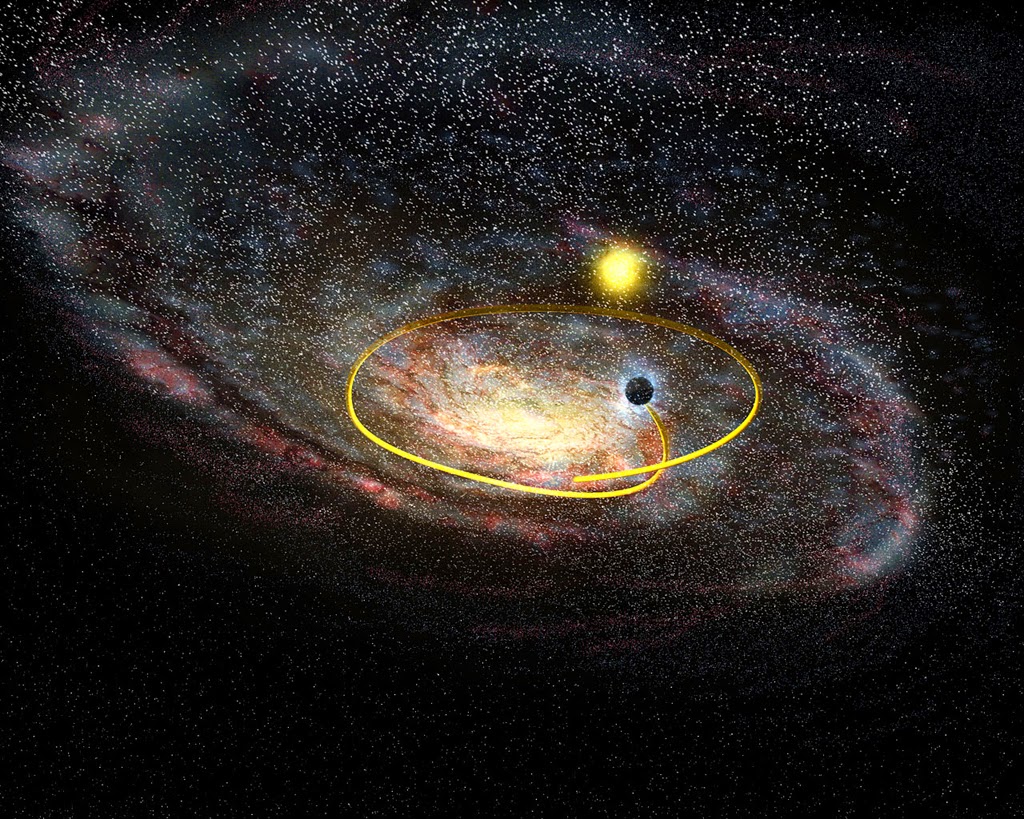The sun is of only average mass, starwise, and after burning
through the last of its hydrogen fuel in about five billion years, its outer
layers will drift away, and the core will eventually compact to become what's
known as a white dwarf, an Earth-size ember of the cosmos.
For a star ten times as big as the sun, death is far more
dramatic. The outer layers are blasted into space in a supernova explosion
that, for a couple of weeks, is one of the brightest objects in the universe. The
core, meanwhile, is squeezed by gravity into a neutron star, a spinning ball
bearing a dozen miles in diameter. A sugar-cube-size fragment of a neutron star
would weigh a billion tons on Earth; a neutron star's gravitational pull is so
severe that if you were to drop a marshmallow on it, the impact would generate
as much energy as an atom bomb.
But this is nothing compared with the death throes of a star
some 20 times the mass of the sun. Detonate a Hiroshima-like bomb every
millisecond for the entire life of the universe, and you would still fall short
of the energy released in the final moments of a giant-star collapse. The
star's core plunges inward. Temperatures reach 100 billion degrees. The
crushing force of gravity is unstoppable. Hunks of iron bigger than Mount
Everest are compacted almost instantly into grains of sand. Atoms are shattered
into electrons, protons, neutrons. Those minute pieces are pulped into quarks and
leptons and gluons. And so on, tinier and tinier, denser and denser, until. ..
Until no one knows. When trying to explain such a momentous
phenomenon, the two major theories governing the workings of the universe – general
relativity and quantum mechanics – both go haywire, like dials on an airplane
wildly rotating during a tailspin.
The star has become a black hole. (Michael Finkel, National Geographic)
